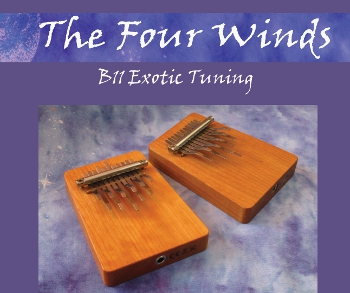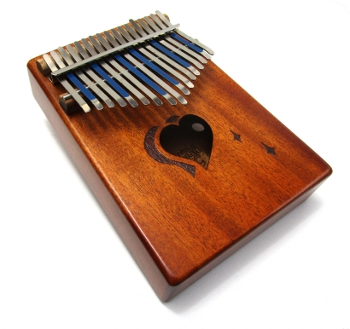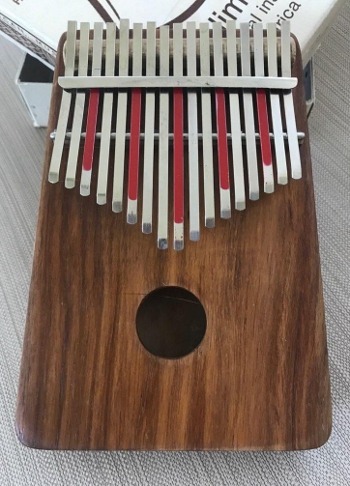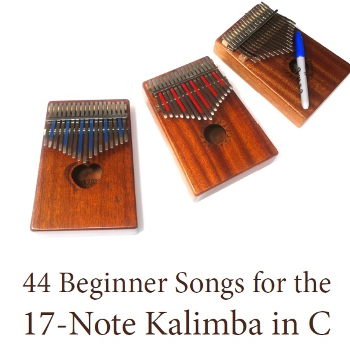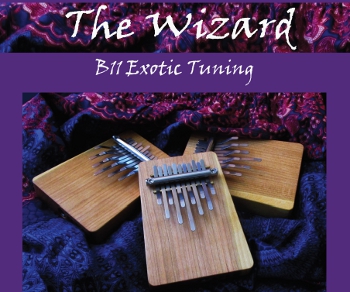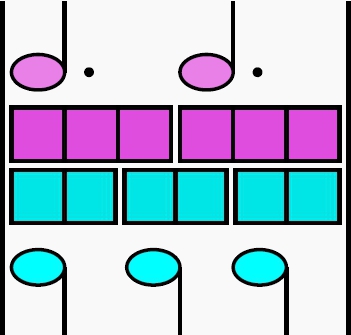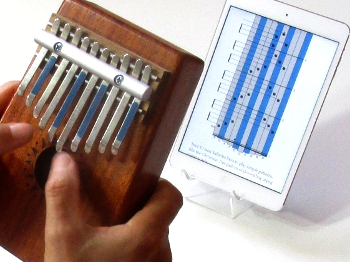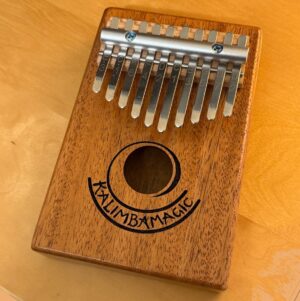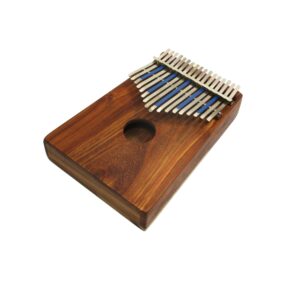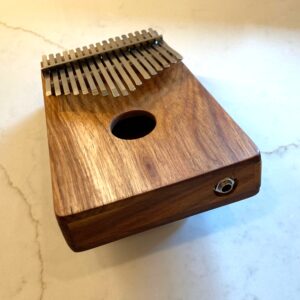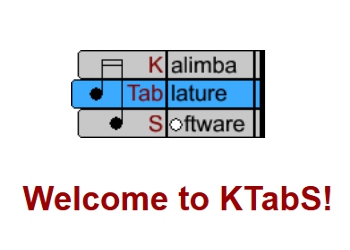
KTabS (Kalimba Tablature Software) Works in Windows 10!
You have to run it in compatibility mode Do you ever wonder how I create kalimba tablature? Those detailed, elongated maps of the kalimba with note symbols dancing on the tines? I use the Windows program KTabS – the Kalimba Tablature Software. This program changed my life, my productivity, and how the rest of the world learns and creates new kalimba music too! KTabS is an old program, and for the last few years, the KTabS website indicated the program would not run on the most current Windows operating systems. But the big news today: I heard from the creators and owners of KTabS, Randy and Sharon Eaton, that KTabS
